About Nagoya
10 Reasons to Visit Nagoya
1. The City Located in the Center of Japan
There are several theories about where exactly the center of Japan is. Nagoya is considered as one, for being geographically located roughly in the middle of Japan. The developed transportation network, with the Shinkansen [bullet train], the local railroads, airplanes, and highways make access to Tokyo and Osaka easy, also to popular destinations such as Kyoto, Nara and Kanazawa. Nagoya is a perfect city to stay, even on first visit to Japan, with so much to see and do, also a perfect base to visit other fascinating places in Japan.
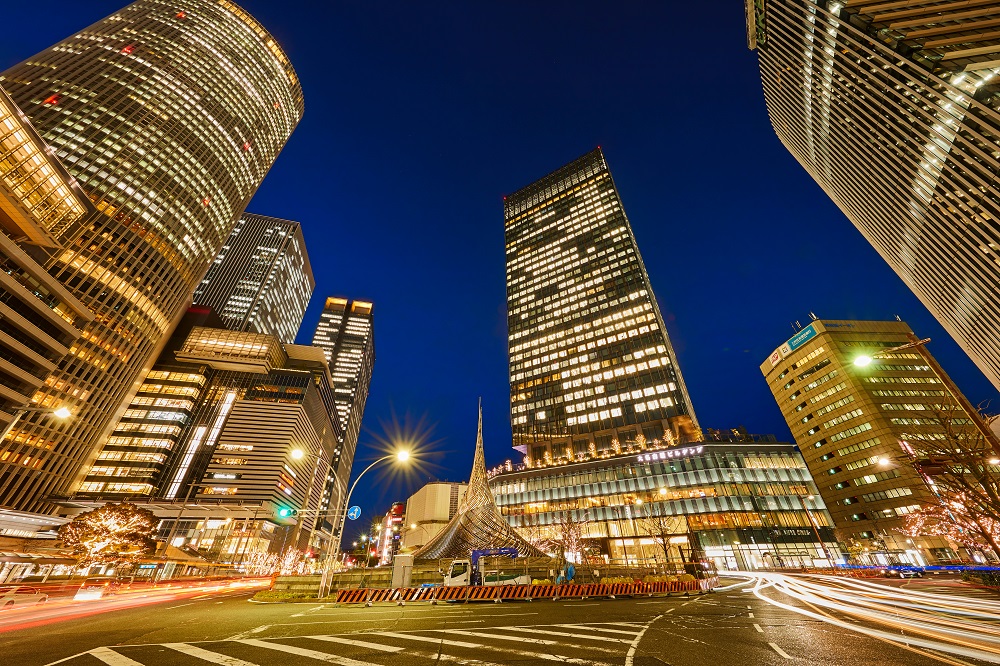
2. The Home of the “Samurai”
The “Samurai” are the warrior aristocracy of Japan, and Oda Nobunaga, Toyotomi Hideyoshi, and Tokugawa Ieyasu, known as “The Three Unifiers” [Saneiketsu], are the three of the most famous “Samurai” of Japan all having relations with Nagoya. Oda Nobunaga was born in the Owari Province [western area of Aichi Prefecture today] in 1534 and was raised in Nagoya. When he was just about to unify the country by the force of arms, by the betrayal of his vassals, was deceased in 1582. His fierce legacy still attracts people to this day. Toyotomi Hideyoshi is said to have been born around 1537, in an area close to Nagoya Station today. He served Oda Nobunaga and moved up with remarkable success. After the decease of Oda Nobunaga, he built Osaka Castle, and became the chief advisor to the emperor, and unified the country. Tokugawa Ieyasu was born in Okazaki in 1542 and spent his youth in Nagoya and Shizuoka as a hostage. Later, as a vassal of Oda Nobunaga and Toyotomi Hideyoshi, he steadily increased in power. When Toyotomi Hideyoshi deceased in 1598, and winning the battle against the forces of Toyotomi, opened the shogunate in Edo, and brought an end to the war.
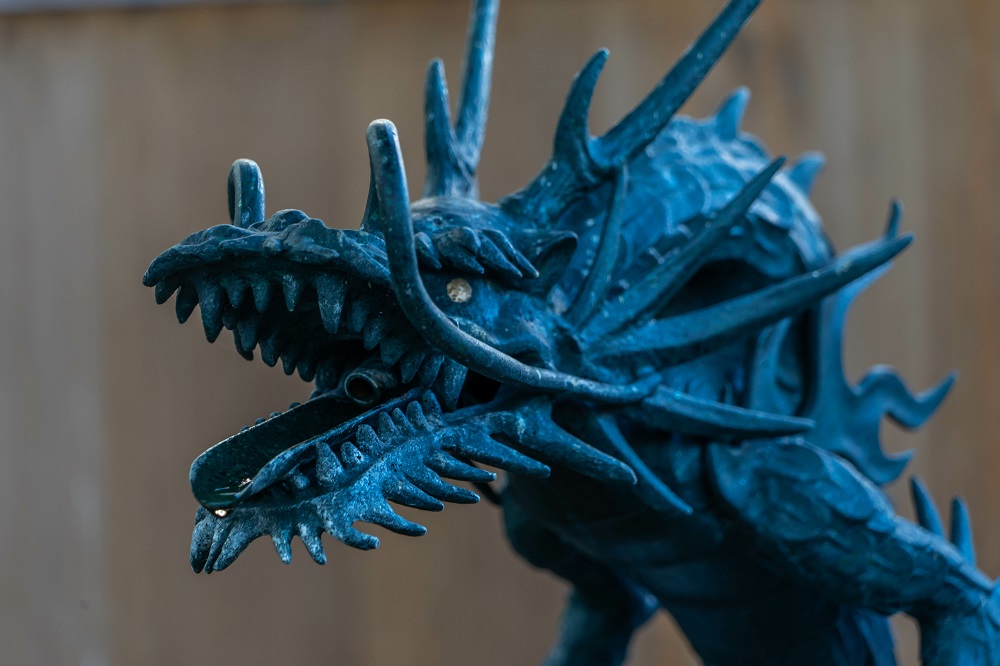
3. The Castle Town
Nagoya Castle is famous for the golden “shachihoko” [Golden Tiger-Fish Roof Ornaments] topped on the roof, is the symbol of the city of Nagoya. After the Battle of Sekigahara in 1600, it was built as the residence of the Owari Tokugawa family by Tokugawa Ieyasu. The castle was constructed with the most advanced technology at the time, including the huge castle tower, the gorgeous Hommaru Palace [Main Palace], and the Ni-no-maru Garden, all prospered for the next 260 years. Nagoya Castle is among the three most famous castles in Japan, along with Osaka Castle and Kumamoto Castle. Although destroyed by fire in World War Ⅱ, the castle was reconstructed and is now designated as a National Special Historic Site.
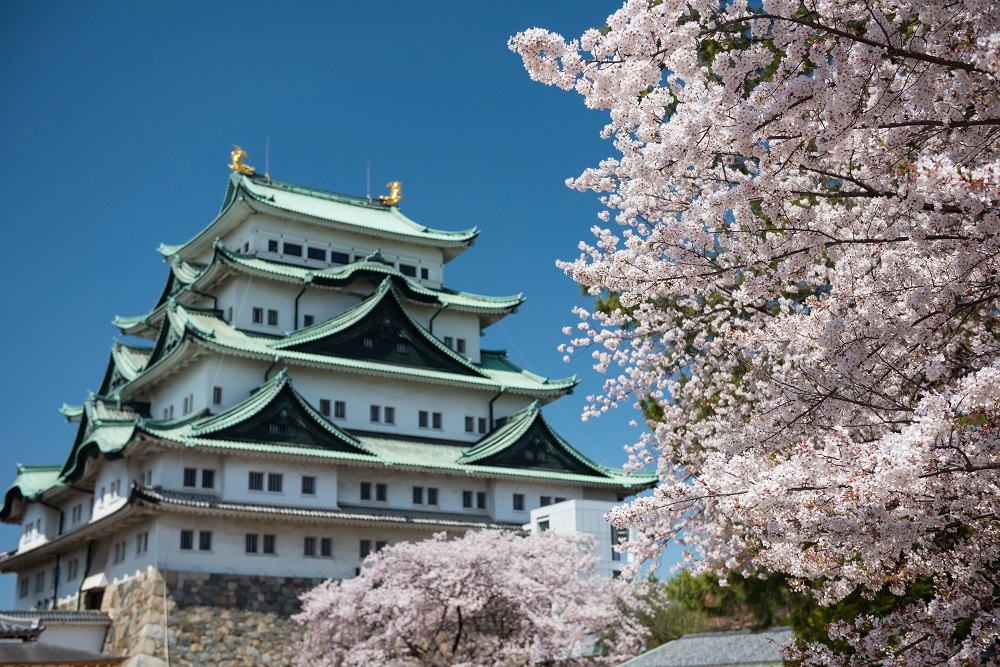
4. The City of Local Food
Nagoya, a city with unique food culture and is known for the love for “Nagoya-meshi” [local food of Nagoya]. “Aka [red]-Miso”, made from soybeans and salt and aged for a long time, is one of the favorite ingredients of the locals. “Aka-Miso” is unique in the color of reddish-brown, instead of the white color of most of the other kinds of miso. The local food made of “Aka-miso” are, “Miso katsu” [cutlet with miso sauce], “Miso nikomi udon” [udon (noodles) cooked with miso paste], “Miso oden” [a type of hot pot simmered in a rich, dark, and savory miso-based broth often with a sweet note], and “Dote-ni” [sweet and spicy miso flavored pork and beef tendon]. Other local food to enjoy are, “Kishimen” [flat udon], “Tenmusu” [a bite sized onigiri (rice balls) with a shrimp tempura on top], “Tebasaki” [deep-fried chicken wings glazed with sauce and sprinkled with salt, pepper, and white sesame], and “Hitsumabushi” [finely chopped broiled eel glazed with sauce on top of a rice in bowl].
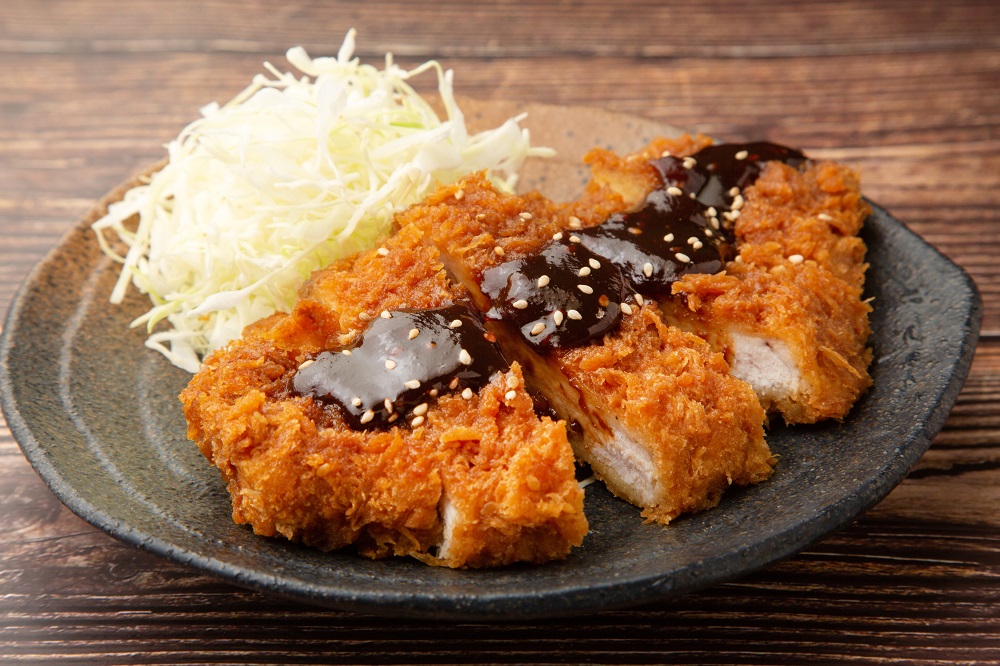
5. The Cultural City
The Tokugawa Art Museum [the art museum of treasured artifacts inherited from the Owari Tokugawa family including items passed down from Tokugawa Ieyasu], has a collection of more than 10,000 feudal lord implements, as well as items treasured by Yoshinao [ninth son of Ieyasu], the first head of the Owari Tokugawa family, and the descendants. The museum holds nine National Treasures, including the illustrated scroll of “The Tale of Genji”, 59 important cultural properties, and many high-quality treasures of quality and prestige worthy of the status. The main building of the Tokugawa Art Museum is registered as the National Tangible Cultural Property.
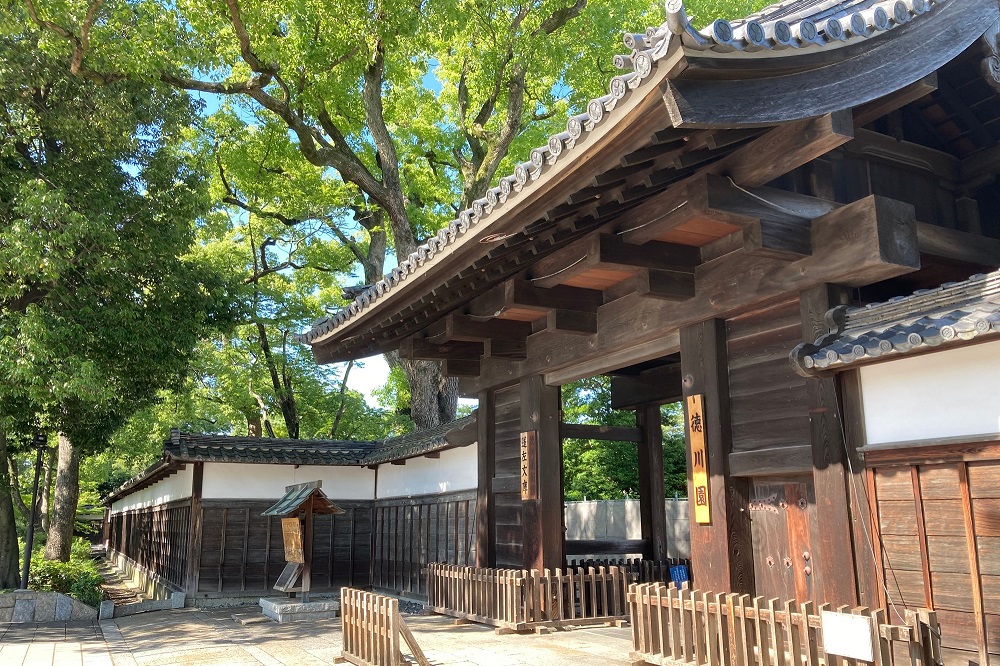
6. The Sacred City
Atsuta Jingu [Shrine], located to the south of the city of Nagoya, is the second precious place of worship in Japan following Ise Shrine in Mie Prefecture, following Ise Shrine in Mie Prefecture, members of the Imperial Court and samurai warriors have prayed here since ancient times. Founded in 113, with a history of more than 1,900 years and has long been revered by many and is affectionately called “Atsuta-san” [Dear Atsuta]. The “Sanshu no Jingi” [Three Sacred Treasures] of Japan, belonging to the Imperial Family of Japan, handed down for generations since the mythical times, are the “Kusanagi no Tsurugi” [The Sword of Kusanagi], the “Yata no Kagami” [The Mirror of Yata], and the “Yasakani no Magatama” [The Sacred Gem of Japan], the one that even the emperor has never seen. The “Kusanagi no Tsurugi” [The Sword of Kusanagi], one of the “Sanshu no Jingi” [Three Sacred Treasures], is enshrined as the deity of Atsuta Jingu [Shrine].
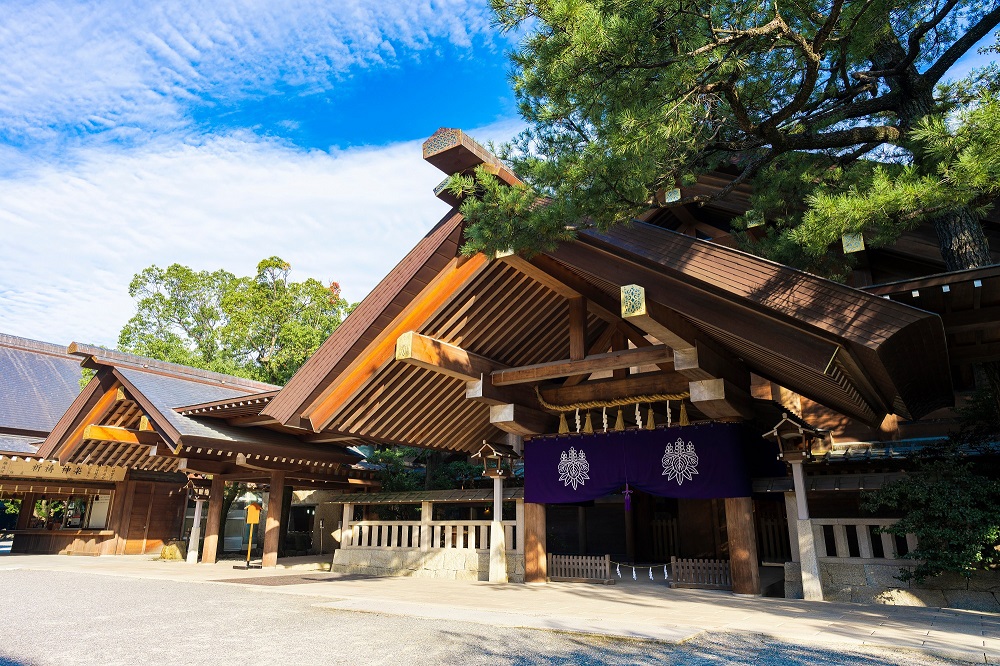
7. The City of Technology
The “Toyota Commemorative Museum of Industry and Technology” [Toyota Sangyo Gijyutsu Kinenkan], located at the birthplace of the Toyota Group in the Nishi Ward, is the base of the world-famous Toyota Motor Corporation. The museum was established by the Toyota Group and has a Textile Machinery Pavilion and an Automobile Pavilion, introducing transition of industrial technology through demonstrations using actual machines side by side with operators.

8. Photogenic City
At the heart of Nagoya, “Sakae” is home to photogenic spots, with the iconic “Chubu Electric Power MIRAI TOWER” [formerly “Nagoya TV Tower”], the “Sky-Boat” Ferris Wheel at SUNSHINE SAKAE, and “Oasis 21” with the futuristic exterior. “Oasis 21” is a place to relax with the symbol “Spaceship-Aqua” on the rooftop with a pathway along the outer rim to enjoy mid-air stroll 14 meters above the ground. The “Field of Green” on the ground level is a recreation area with green in all seasons, and the “Galaxy Platform” is a multipurpose space and a convenient starting point for a visit around the Sakae area. The illuminated “Spaceship-Aqua” at night is especially fantastic.
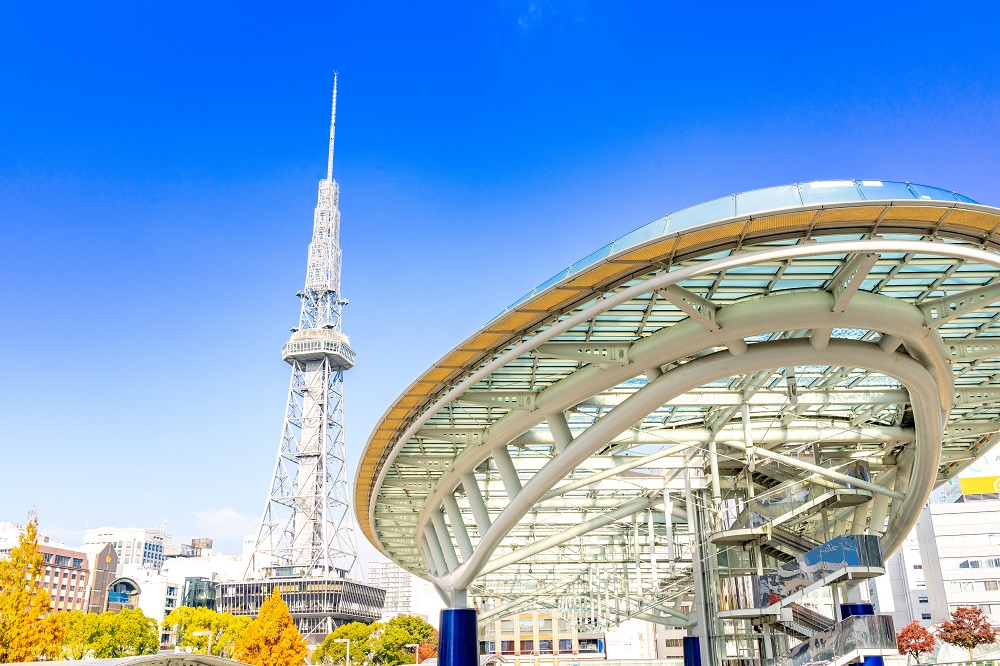
9. The Mixed Pot in the City
The “Osu Shotengai” [Osu Shopping District] is a popular shopping arcade district in Nagoya, where every culture is approved and adopted. Surrounded by four streets of Wakamiya-odori to the north, Osu Dori to the south, Minamiotsu-dori to the east and Fushimi-dori to the west and approximately 1,200 stores of all kinds lined up in the arcades, including the latest fashion, vintage clothing, stylish cafes, and long-standing restaurants. The diversity of culture at the unique shopping district mixing the old with the new and welcomes all people from all over the world.
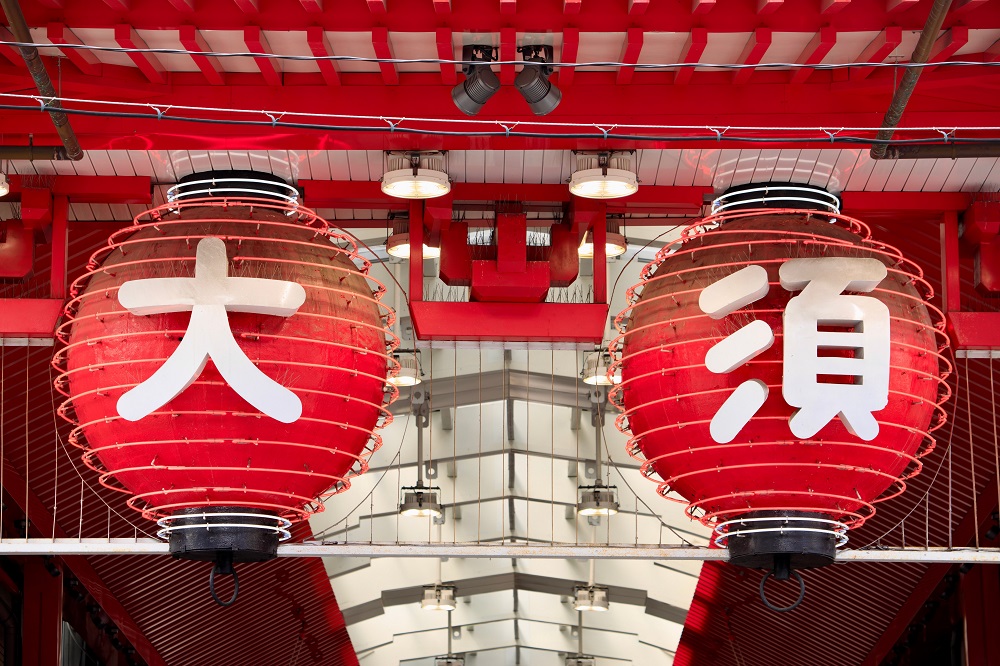
10. The City that approves of the Subcultural World
Nagoya is a city which cherishes the new world as well as traditions. The “World Cosplay Summit”, a unique event held in Nagoya annually, gathers cosplayers from all over the world. Since the first summit held in 2003, it has grown majorly with a total of over 300,000 participants. Oasis 21, Aichi Art Center, and Osu Shopping District are the venues for live performances, stages, and the competition to determine the No.1 cosplayer of the world in the “World Cosplay Championship”.
